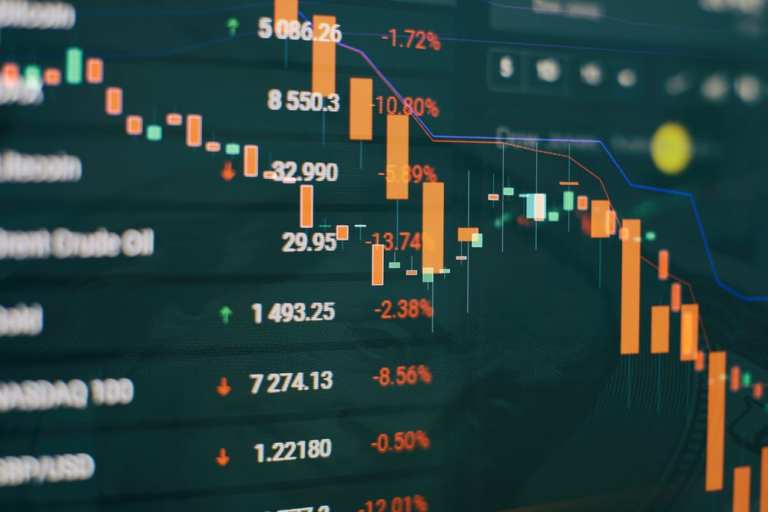
Corporate treasurers are stepping up to guide their enterprises toward digitization and modernization, but when expansion goes cross-border, strategizing international growth can add an extra layer of complexity for finance leaders.
Today’s treasury management landscape is a two-sided coin. On one side, there is the acceleration of payments and finance technologies that promise to thrust corporate finance into a new age. Real-time payments, cryptocurrencies and enhanced exchange of data, along with global transactions, are not only positioning themselves to strengthen corporate treasurers’ visibility into cash positions, but they’re also widening the opportunity to overhaul the way cash is moved and payments are made.
On the other side of the coin, however, is the stickiness of manual and legacy processes and tools. “You realize a lot of CFOs in this world still operate on Excel spreadsheets,” said George Parry, senior FX strategy manager at Global Reach. Speaking with PYMNTS, Parry explained how corporate treasurers are responding to a changing market that is increasingly disrupted by payments and finance innovations, while still navigating the challenges of outdated workflows.
Facing Unknowns
Over the last year, said Parry, the global pandemic has forced corporate treasurers to adjust their foreign exchange hedging strategies in an effort to mitigate against the risks of volatility. At the same time, however, uncertainty in the market has made it a particularly difficult task to hedge against risks that are not entirely knowable. “The first thing businesses were faced with was the unknown, and the uncertainty of not having as good of visibility,” he said. “We’ve seen our own clients in the U.K. not hedging as far out.”
Yet there is also increased activity on the spot market, he said, as businesses look to hedge a greater proportion of their total FX requirements. Optionalities and derivatives products are also on the rise as a result of a shifting risk mitigation strategy, added Parry.
Payments Possibilities
With cryptocurrencies becoming a more common topic of conversation among corporate treasurers, there is also increased discussion about the opportunity for digital assets to expand firms’ FX risk mitigation strategies, while also providing a vehicle for cross-border transactions.
“Generally speaking, treasurers are starting to take cryptocurrency and CBDCs [central bank digital currencies] more seriously,” noted Parry, noting that he sees CBDCs as a potential disruptor to tools like bitcoin. Still, he said, Global Reach is only eyeing cryptocurrencies to see how they evolve within the broader corporate finance landscape. Instead, a more immediate impact of cross-border payments innovation on the corporate treasurer is the ability for emerging technologies like SWIFT gpi to not only move funds across borders, but to also move data along with money.
The ability for technology partners to also enable treasurers to plug into multiple banking counterparties — and, as a result, loop into a variety of national payment systems — has also been an increasingly important focus for finance leaders that need a way to not only move money across borders, but to also obtain a holistic and real-time view of those finance positions. This is especially important for security purposes today.
“When you’re decentralized and working from home, everyone is online, and we see more potential for cyberattacks,” Parry said. “Having the ability to track where funds are in transit has been absolutely pivotal to our clients.”
Overall, the treasury department may not be as far along in its own modernization journey as some may have hoped. Treasurers are tasked with more immediate challenges, like hedging against global risk in a volatile market, and managing the pains of a remote workforce. But as FinTechs help migrate these professionals off of their spreadsheets and toward automated solutions, the opportunities to link treasurers with more cutting-edge solutions will continue to expand.